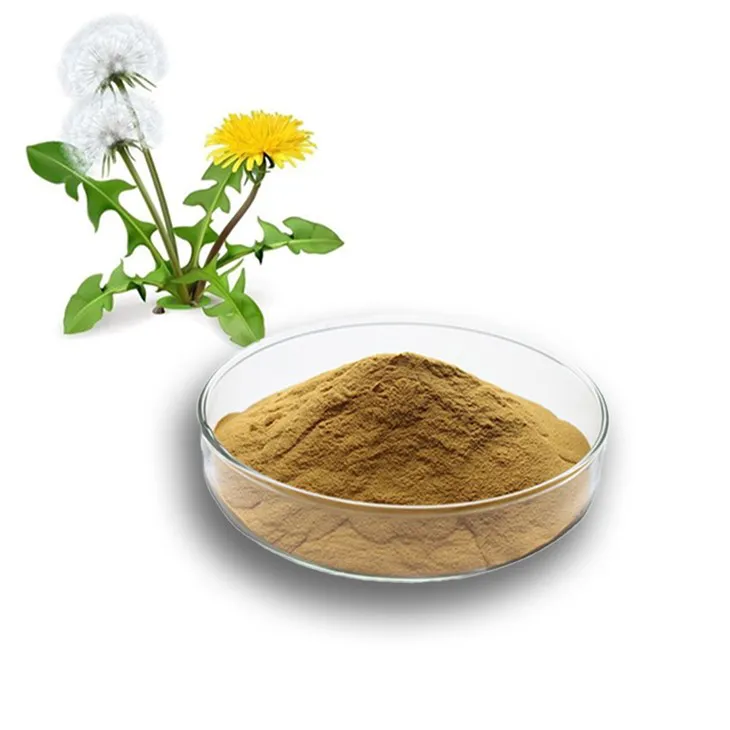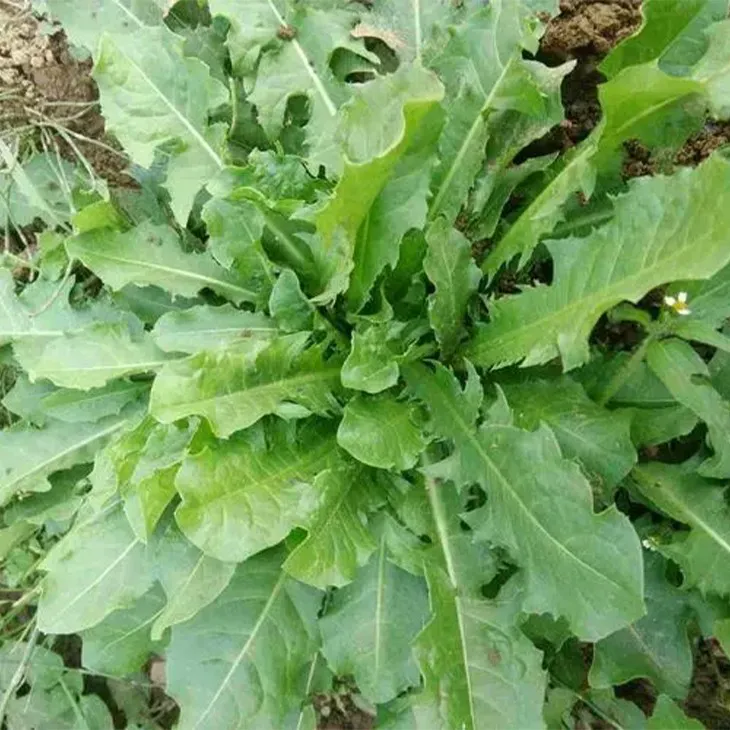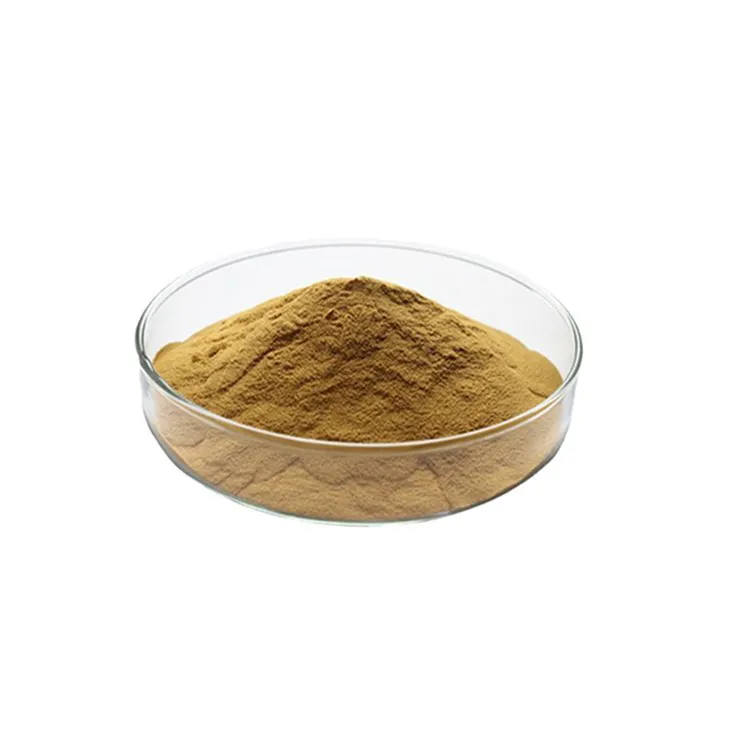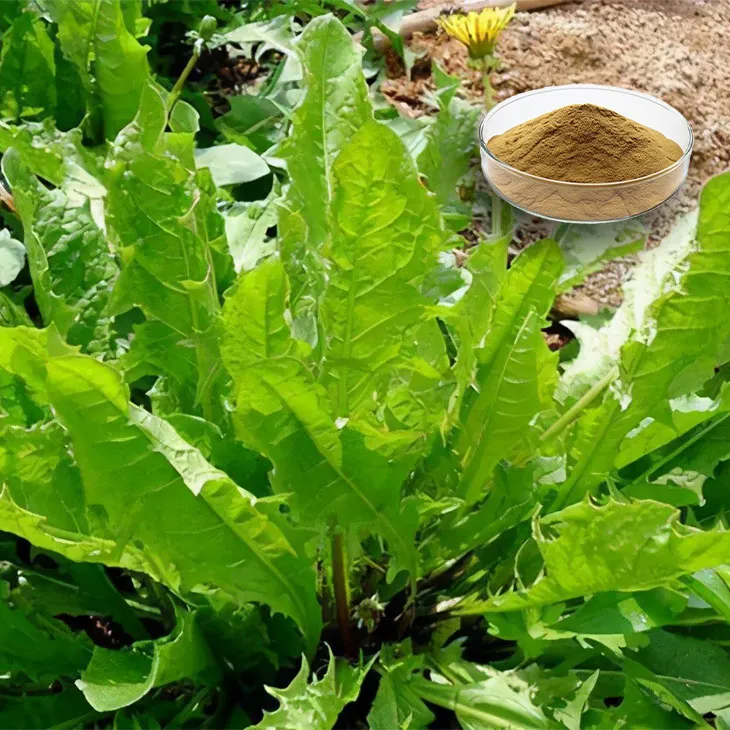- 0086-571-85302990
- sales@greenskybio.com
The process of extracting dandelion lutein from dandelion leaf extract.
2024-11-27

1. Introduction
Taraxanthin, a carotenoid pigment, is one of the most important compounds found in dandelions. It has attracted significant attention due to its potential applications in various fields, including food, pharmaceuticals, and cosmetics. The extraction of taraxanthin from Dandelion Leaf Extract is a crucial process that requires careful consideration of multiple factors. This article aims to provide an in - depth exploration of this extraction process, starting from the quality of raw materials to the purification steps after extraction.

2. Importance of Raw Material Quality
The quality of dandelion leaves used for extraction plays a fundamental role in the success of taraxanthin extraction. Freshness is a key factor. Fresh dandelion leaves are more likely to contain higher amounts of taraxanthin compared to wilted or aged leaves. Additionally, the source of the dandelion also matters. Dandelions grown in clean, unpolluted environments are preferred as they are less likely to contain contaminants that could interfere with the extraction process or contaminate the final product.
Another aspect to consider is the harvesting time. Dandelions should be harvested at the appropriate stage of growth when the taraxanthin content is at its peak. Generally, this is during the flowering stage, but it may vary depending on the specific variety of dandelion and environmental conditions.

3. Extraction Methods
3.1 Solvent Extraction
Solvent extraction is one of the most commonly used methods for taraxanthin extraction from dandelion leaf extract. The principle behind this method is the solubility of taraxanthin in certain solvents. Organic solvents such as hexane, ethanol, and acetone are often used.
The general process of solvent extraction involves the following steps:
- Preparation of the sample: The dandelion leaves are first dried and ground into a fine powder. This increases the surface area of the leaves, allowing for better solvent penetration and more efficient extraction.
- Mixing with solvent: The powdered dandelion leaf sample is then mixed with the chosen solvent in a suitable container. The ratio of the sample to the solvent is an important parameter that needs to be optimized. A higher solvent - to - sample ratio may lead to more complete extraction, but it also increases the cost and the amount of solvent to be removed during the purification process.
- Extraction time and temperature: The mixture is then allowed to stand for a certain period of time at a specific temperature. Longer extraction times and higher temperatures can generally increase the extraction efficiency, but excessive time and temperature may also lead to the degradation of taraxanthin or the extraction of unwanted impurities.
- Separation of the extract: After the extraction is complete, the mixture is filtered or centrifuged to separate the liquid extract containing taraxanthin from the solid residue. The liquid extract is then collected for further purification.
3.2 Variants of Solvent Extraction
There are several variants of solvent extraction that can be used to improve the extraction efficiency or selectivity of taraxanthin.
- Microwave - assisted solvent extraction: In this method, microwave energy is applied during the solvent extraction process. The microwave radiation heats the solvent and the sample rapidly and uniformly, which can significantly reduce the extraction time. Additionally, the selective heating effect of microwaves may enhance the extraction of taraxanthin while minimizing the extraction of unwanted compounds.
- Ultrasound - assisted solvent extraction: Ultrasound waves are used to disrupt the cell walls of the dandelion leaves, making it easier for the solvent to access the taraxanthin. This method can also increase the extraction efficiency and reduce the extraction time. The cavitation effect generated by ultrasound can create micro - bubbles in the solvent, which collapse and generate high - pressure and high - temperature zones, facilitating the extraction process.

4. Purification Steps
After the extraction process, the obtained extract usually contains not only taraxanthin but also other substances such as pigments, lipids, and residual solvents. Therefore, purification steps are necessary to obtain pure taraxanthin.
4.1 Filtration
Filtration is a simple yet important purification step. It can remove large particles, such as undissolved plant debris and some precipitates, from the extract. Filter papers or membrane filters with appropriate pore sizes can be used for this purpose.
4.2 Column Chromatography
Column chromatography is a more sophisticated purification method. It is based on the differential adsorption and desorption of substances on a stationary phase. In the case of taraxanthin purification, a column filled with a suitable adsorbent, such as silica gel or alumina, can be used.
The process involves:
- Loading the extract: The extract is carefully loaded onto the top of the column.
- Elution: A suitable eluent, which can be a solvent or a mixture of solvents, is then passed through the column. Different substances in the extract will have different affinities for the adsorbent and the eluent, and thus will be eluted at different rates. Taraxanthin can be selectively eluted and collected while other impurities are retained on the column or eluted at different times.
4.3 Recrystallization
Recrystallization is another effective purification method for taraxanthin. It is based on the difference in solubility of taraxanthin and its impurities in a particular solvent at different temperatures.
The steps are as follows:
- Dissolving the extract: The impure taraxanthin extract is dissolved in a suitable hot solvent. The solvent is chosen such that taraxanthin is soluble at high temperatures but less soluble at lower temperatures.
- Cooling and crystallization: The solution is then slowly cooled. As the temperature decreases, taraxanthin will start to crystallize out of the solution, while the impurities, which are more soluble at the lower temperature, will remain in the solution.
- Separation of crystals: The crystallized taraxanthin can be separated from the solution by filtration or centrifugation, resulting in a purer product.

5. Conclusion
The extraction of taraxanthin from Dandelion Leaf Extract is a complex process that involves multiple steps and considerations. The quality of the raw materials, the choice of extraction method, and the purification steps all play crucial roles in obtaining high - quality taraxanthin. Solvent extraction and its variants offer effective ways to extract taraxanthin, and subsequent purification steps such as filtration, column chromatography, and recrystallization are necessary to remove impurities and obtain pure taraxanthin. Continued research in this area is expected to further optimize the extraction and purification processes, making taraxanthin more accessible for its various potential applications.
FAQ:
What are the key factors affecting the quality of Dandelion Leaf Extract as a raw material for taraxanthin extraction?
The key factors include the growth environment of dandelions. Dandelions growing in unpolluted areas with sufficient sunlight are likely to produce better - quality leaves. The harvesting time also matters. Generally, leaves harvested at the right maturity stage tend to have a higher content of taraxanthin precursors. Additionally, proper post - harvesting handling, such as immediate drying to prevent degradation of relevant compounds, is crucial for ensuring high - quality raw materials.
What are the main solvent extraction methods for taraxanthin from dandelion leaf extract?
One common method is using organic solvents like hexane. Hexane can effectively dissolve taraxanthin from the dandelion leaf extract. Another option is a mixture of chloroform and methanol, which can also be used for extraction. These solvents work by breaking down the cell structures in the leaf extract and solubilizing the taraxanthin molecules.
How can the purification of taraxanthin after extraction be achieved?
After extraction, purification can be done through techniques such as column chromatography. In column chromatography, a stationary phase is used, and the taraxanthin - containing extract is passed through it. Different components in the extract will interact differently with the stationary phase, allowing for the separation and purification of taraxanthin. Another method is crystallization, where the taraxanthin is made to form crystals under specific conditions, separating it from other impurities.
Why is taraxanthin extraction from dandelion leaf extract important?
Taraxanthin has great potential in various fields. In the pharmaceutical field, it may have antioxidant and anti - inflammatory properties. In the food industry, it can be used as a natural colorant. Also, in the cosmetic industry, it might be beneficial for skin health. Extracting taraxanthin from dandelion leaf extract is a way to obtain this valuable compound in a relatively sustainable and natural way.
Are there any alternative extraction methods to solvent extraction for taraxanthin from dandelion leaf extract?
Yes, there are alternative methods. Supercritical fluid extraction is one such method. Supercritical carbon dioxide can be used as a solvent - like medium. It has the advantages of being non - toxic, leaving no solvent residues, and having good selectivity for taraxanthin extraction. However, it requires more complex equipment compared to traditional solvent extraction methods.
Related literature
- Taraxanthin: Properties, Sources, and Potential Applications"
- "Optimization of Solvent Extraction for Taraxanthin from Dandelion"
- "Purification Techniques for Natural Compounds: A Case Study of Taraxanthin"
- ▶ Hesperidin
- ▶ citrus bioflavonoids
- ▶ plant extract
- ▶ lycopene
- ▶ Diosmin
- ▶ Grape seed extract
- ▶ Sea buckthorn Juice Powder
- ▶ Beetroot powder
- ▶ Hops Extract
- ▶ Artichoke Extract
- ▶ Reishi mushroom extract
- ▶ Astaxanthin
- ▶ Green Tea Extract
- ▶ Curcumin Extract
- ▶ Horse Chestnut Extract
- ▶ Other Problems
- ▶ Boswellia Serrata Extract
- ▶ Resveratrol Extract
- ▶ Marigold Extract
- ▶ Grape Leaf Extract
- ▶ blog3
- ▶ blog4
-
Chinese Withania somnifera Extract Factory.
2024-11-27
-
中国松树皮提取物粉粉末供应商
2024-11-27
-
High - quality Marigold Extract Products.
2024-11-27
-
100% Pure Natural Mango - Flavored Powder.
2024-11-27
-
Moringa powder
2024-11-27
-
Ginger Extract
2024-11-27
-
Green Tea Extract
2024-11-27
-
Kelp Extract Powder
2024-11-27
-
Genistein
2024-11-27
-
Nettle Root Extract
2024-11-27
-
Tamarind extract powder
2024-11-27
-
Hesperidin
2024-11-27
-
Baicalin
2024-11-27
-
Bitter Melon Extract
2024-11-27





















